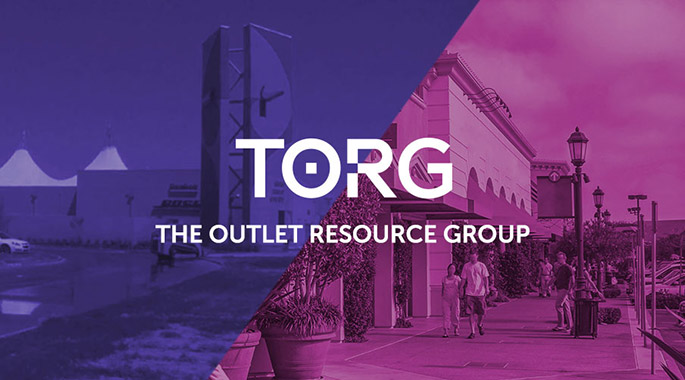
THELATEST
TORG’S David Hinkle on the unique role of outlet centers
May 16, 2022
Published in Chain Store Age, Written by Al Urbanski – Real Estate Editor & Manager
Click here for original Chain Store Age article.
For more than 17 years, David Hinkle served as president of National Book Warehouse & The Book Market, a bargain book seller that pioneered what was then called “temporary retail,” something that now claims the snappier nom de guerre of “pop-up store.” Many of the brand’s 160-plus stores resided in outlet centers, a retail sector that Hinkle, now a principal of The Outlet Resource Group, feels is misunderstood by many top retail companies. We spoke with him to find out more.
So, David, what is it that retail brands without stores in the outlet sector don’t get about it?
The outlet sector is the original DTC model. It was the first place where you saw top brands running their own retail stores. The outlet business can provide great support to a brand’s e-commerce business.
How, exactly?
Everybody is trying to figure out how to handle the last-mile delivery part of their business. Last-mile fulfillment isn’t cheap. How do you handle returns without crushing your margins? Outlet centers get you closer to the consumer base. Outlet centers were first located in tourist areas, but now those tourist areas, like Park City, Utah, have turned into strong residential areas. With the evolution of the outlet sector, many centers are located closer into the population base and, in a few cases, urban markets. A brand’s own store in a dense market can be a good last-mile fulfillment and return center.
But aren’t outlet stores used mostly to move inventory that didn’t sell out in malls and shopping centers?
Retailers often have goods that are manufactured specifically for their outlet stores as part of their assortment. The goods are not inferior nor are they represented as a “mark it up/mark it down” item. And they can offer more than they can in a small department store section.
If you go to Rodeo Drive, the consumer may be intimidated by some of the brands and do nothing more than window shop. Then you go to Desert Hills Premium in Palm Desert, and you’ll see a lot of the same brands, but the environment is more casual, and people are more comfortable shopping. And that dynamic is an important part of the strength of opening in outlet centers.
Who is the outlet customer?
Our shoppers have gotten younger and their education and income levels continue to rise. They want the brands that they are loyal to as well as brands new to the market. On average, they travel about an hour to shop, and their dwell times and average spend outpaces other sectors in the marketplace.
What can a retailer miss minus an outlet presence?
The opportunity to introduce yourself to an audience that hasn’t shopped you. The Kellogg School of Business published a paper concluding that outlet stores attract loyal customers that will then support them in any retail environment. I think the DTC retailers exploring outlets will find they’ll speed their growth. They’ll likely be profitable in our space and earn inventory management. But the biggest benefit will be selling product to first-time buyers. That’s how you achieve revenue growth.

sign upfor more
We would love to stay in touch with you! Click below to sign up for emails and notifications regarding our exciting growth.
